Designing an efficient food factory is not only about arranging machines and workstations; it is a complex engineering task that integrates hygiene, productivity, safety, and sustainability. A well-planned food factory layout design can significantly reduce production costs, streamline workflows, and ensure compliance with food safety regulations. In this blog post, Shoebill Technology, a professional smart factory planning service exporter, will share the importance of food factory layout design in manufacturing, as well as the principles, etc.
Importance of Food Factory Layout Design in Manufacturing
The importance of food factory layout design lies in its ability to balance operational efficiency with stringent food safety standards. In industries such as dairy, beverages, frozen foods, and bakery products, the layout directly impacts contamination risks, employee safety, and overall productivity.
A poorly designed plant can lead to:
-
Cross-contamination between raw and processed materials
-
Increased downtime due to inefficient material flow
-
High operational costs caused by wasted space and energy
By contrast, a strategic food plant layout design creates clear production zones, ensures unidirectional product flow, and enhances traceability in compliance with HACCP (Hazard Analysis and Critical Control Points) principles.
Key Principles of Food Factory Layout Planning
When developing a food processing factory layout design, engineers and project managers should follow several core principles:
Process Flow Efficiency – Raw materials should move in a straight, logical sequence to minimize handling.
Separation of Clean and Contaminated Zones – Avoiding overlap between high-risk and low-risk areas is essential.
Flexibility for Expansion – The design should allow future scalability without major disruption.
Worker Safety and Comfort – Adequate space, lighting, and ventilation reduce accidents and improve productivity.
Energy and Water Optimization – Sustainable food plant design considers utilities integration for cost savings.
These principles ensure that the factory not only meets current production demands but also adapts to future industry trends.
Workflow Optimization Through Food Factory Design
Efficient food manufacturing plant layout design focuses on optimizing workflow. This includes positioning equipment, conveyors, and storage facilities in a way that reduces unnecessary movement.
For example:
-
Ingredients should be stored close to the mixing or blending area.
-
Finished products should have direct access to packaging and cold storage zones.
-
Employee pathways should avoid crossing with raw material or waste routes.
Such streamlined workflows improve output rates, reduce fatigue, and ensure smoother coordination among departments.
Hygienic Design Considerations in Food Factory Layout
Hygiene is one of the most critical factors in food production facility layout design. The placement of wash stations, air filtration systems, and drainage lines can directly impact contamination control.
Best practices include:
-
Installing positive air pressure in clean zones
-
Designing sloped floors for efficient drainage
-
Creating separate entry points for workers in high-risk areas
-
Using materials such as stainless steel for easy cleaning and durability
By integrating hygienic design into the factory layout for food processing, businesses can ensure compliance with international food safety standards such as ISO 22000 and FDA guidelines.
Role of Technology in Food Factory Design
Modern food industry factory layout design increasingly relies on digital tools such as simulation software and Building Information Modeling (BIM). These technologies help visualize material flow, identify bottlenecks, and test multiple design scenarios before construction.
Automation also plays a major role in shaping layout decisions:
-
Robotics for packaging and palletizing
-
Automated guided vehicles (AGVs) for material handling
-
IoT-enabled monitoring for real-time equipment performance
Integrating technology into the design of a food factory layout reduces labor costs, minimizes human error, and ensures consistent product quality.
Sustainability in Food Factory Layout Design
Sustainability has become a central theme in food factory plant design. Manufacturers are increasingly seeking eco-friendly layouts that reduce energy consumption, water usage, and waste generation.
Key strategies include:
-
Installing solar panels and energy-efficient HVAC systems
-
Using natural lighting and ventilation wherever possible
-
Designing compact layouts to minimize building footprint
-
Recycling wastewater for non-food applications
By adopting green design principles, companies not only lower operational costs but also enhance their corporate image in a sustainability-conscious market.
Conclusion
A well-structured food factory layout design is more than just a physical blueprint—it is a long-term investment in efficiency, safety, and profitability. From process optimization and hygienic considerations to technology adoption and sustainability, the design of a food plant determines the success of food manufacturing operations.
Companies that prioritize professional factory layout planning for food industry not only achieve higher output and lower costs but also build stronger reputations for quality and safety in a competitive global market.
https://www.shoebilltech.com/blogs/food-factory-layout-design-for-efficiency-and-safety.html
Shoebill Technology

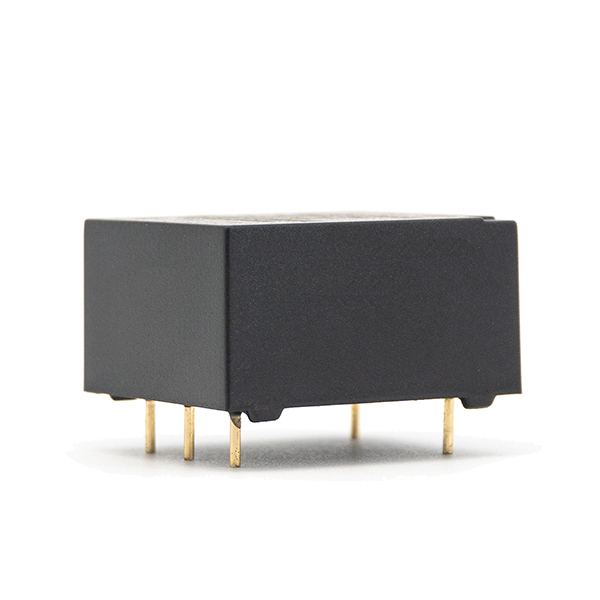
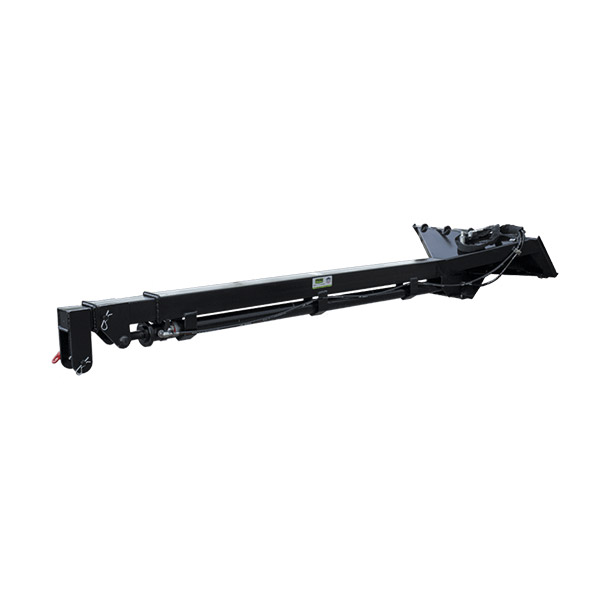
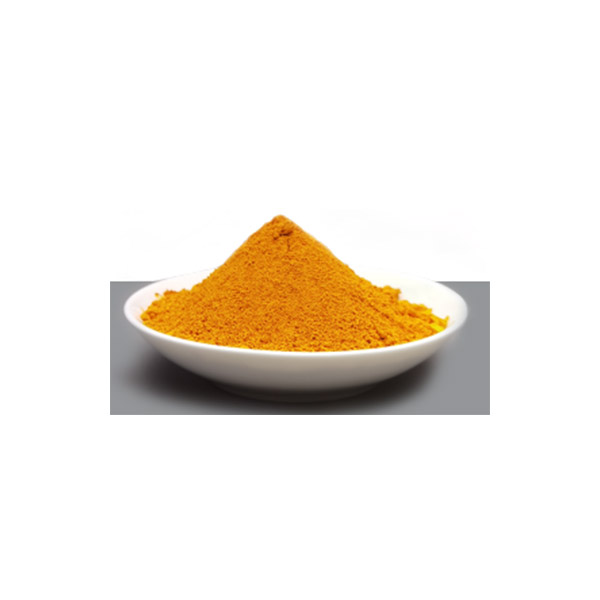


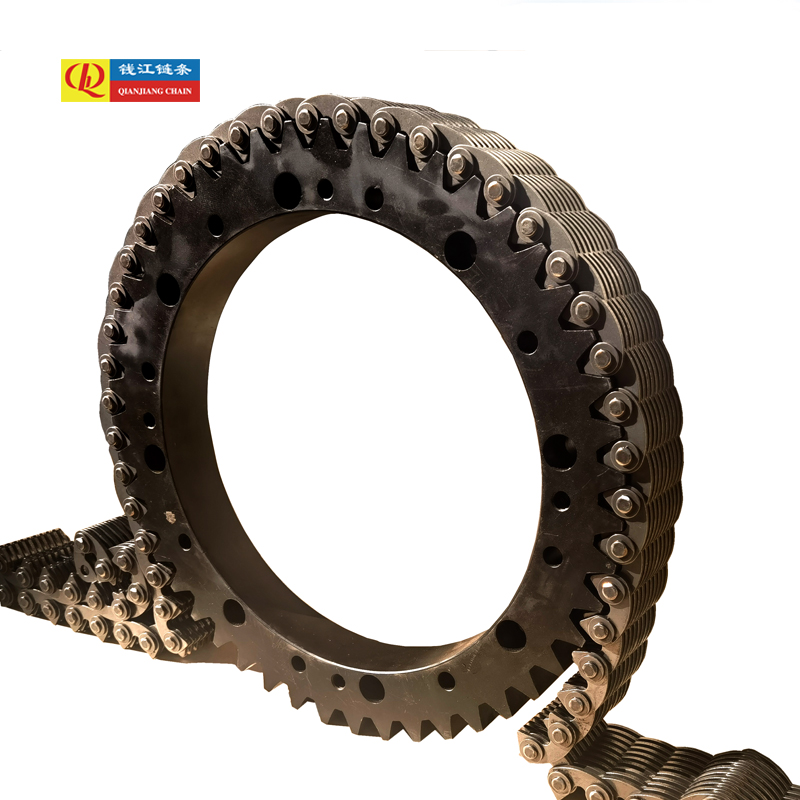
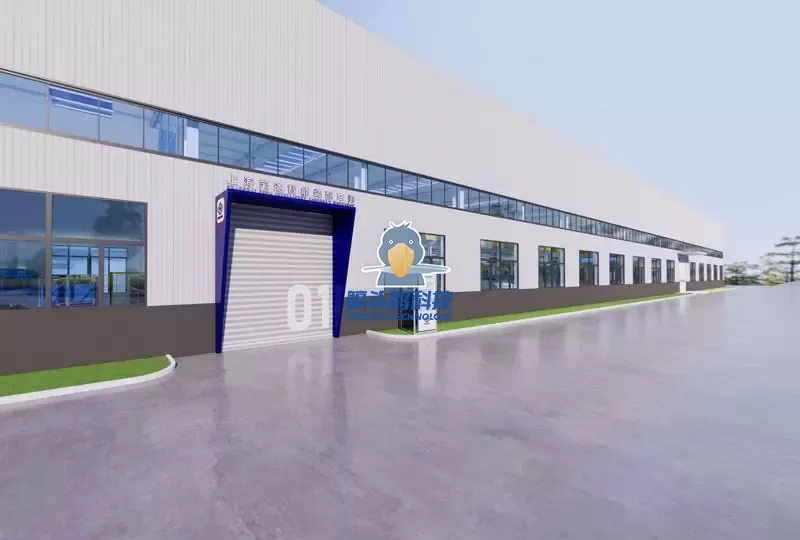
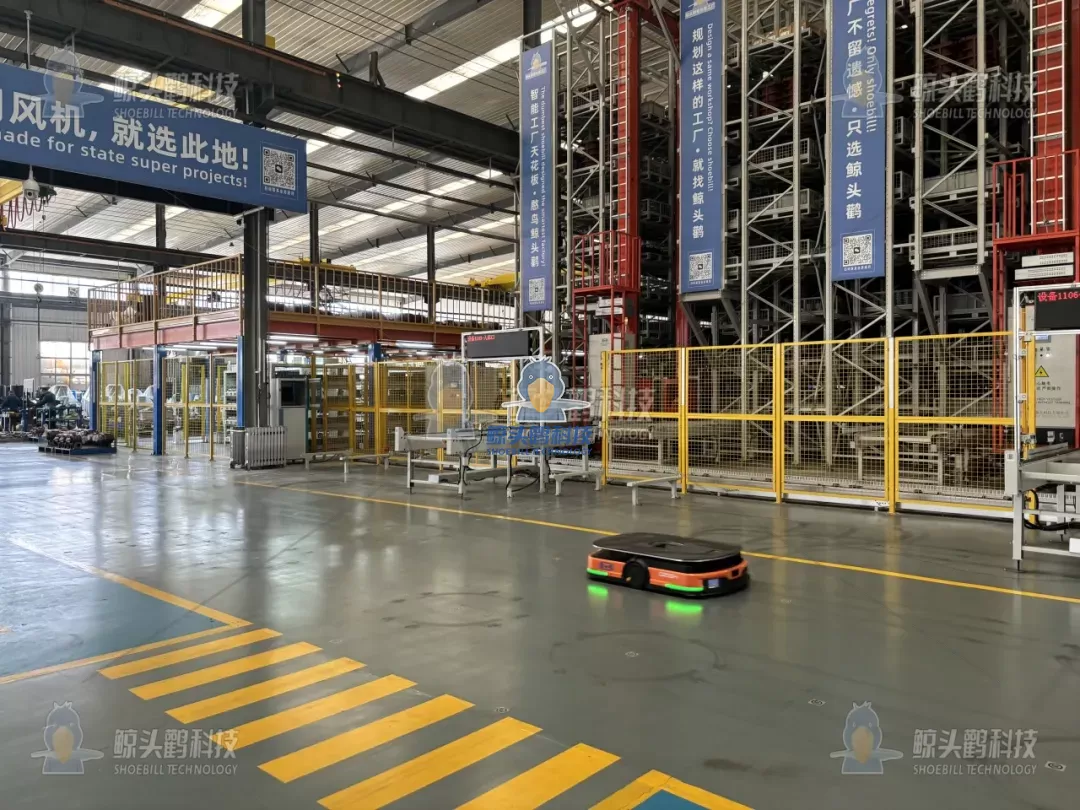
+ There are no comments
Add yours